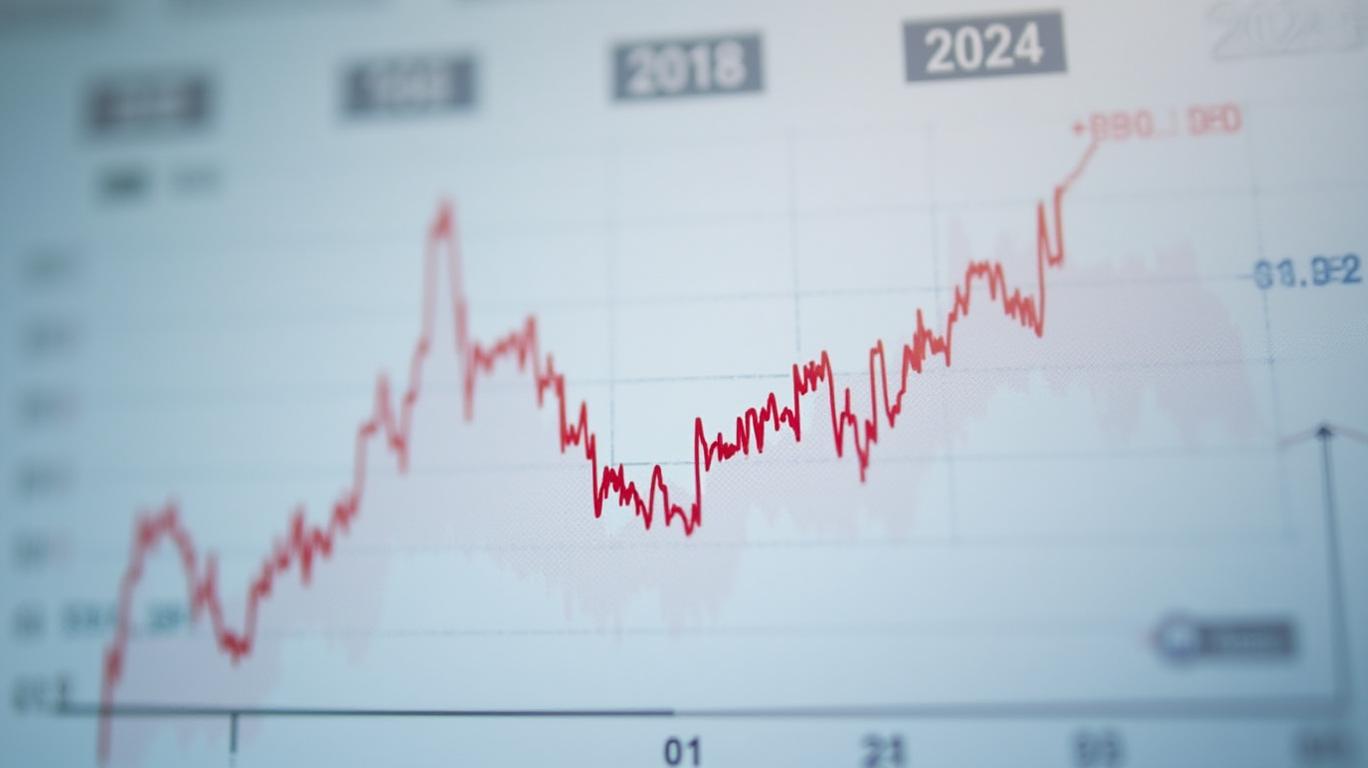AInvest Newsletter
Daily stocks & crypto headlines, free to your inbox
Austria’s economy eked out a modest 0.2% quarter-on-quarter (QoQ) growth in Q1 2024, marking the strongest expansion since Q2 2022 and a glimmer of hope amid an otherwise bleak two-year recession. However, this tepid recovery masks persistent vulnerabilities, from faltering investment to reliance on German demand. Is this the start of a sustained rebound, or merely a fleeting pause in the downturn? Let’s dissect the data.

The 0.2% growth was fueled by two key factors:
1. Resilient Private Consumption: Household spending surged 1.3% QoQ, the strongest since early 2022, buoyed by falling inflation (nine-quarter lows) and an unemployment rate dipping to 4.7%. This contrasts sharply with fixed investment, which slumped 2.7% QoQ—the worst since mid-2020—reflecting lingering corporate caution.
2. Mild Government Spending Cuts: Public expenditure contracted only 1.2% QoQ, a slight improvement from the prior quarter’s 1.4% decline, suggesting election-year fiscal support may have cushioned the fall.
While domestic demand showed life, external headwinds and weak capital spending remain critical risks:
- Exports Collapsed: Goods and services exports fell 0.3% QoQ, their weakest since 2020, as Germany’s industrial slowdown—Austria’s top trade partner—sapped demand. Net trade subtracted 0.2 percentage points from GDP.
- Fixed Investment Crisis: The 2.7% QoQ drop in investment (the worst since 2020) signals a deeper problem: businesses are hesitant to expand amid high borrowing costs and geopolitical uncertainty. Even with the ECB’s rate cuts, corporate confidence remains fragile.
Preliminary Q1 2025 data shows a glimmer of hope:
- GDP expanded 0.2% QoQ again, marking the first back-to-back positive quarters since late 2022.
- Exports rebounded 1.4% QoQ in Q1 2025, hinting at stabilization in trade.
However, risks linger:
1. German Malaise: Germany’s industrial output remains stagnant, threatening Austrian exporters.
2. Global Trade Barriers: Proposed U.S. tariffs on European steel and aluminum could further strain trade.
3. Debt Overhang: Austria’s public debt-to-GDP ratio near 80% limits fiscal flexibility, complicating stimulus efforts.
For investors, Austria presents a mixed picture:
- Consumer Staples and Services: Companies benefiting from rising household spending (e.g., retail, healthcare) may outperform.
- Government Bonds: With inflation cooling to 2.1% in Q1 2024, Austrian 10-year bonds (currently yielding ~2.5%) could stabilize.
- Caution on Industrials: Sectors tied to exports or fixed investment (e.g., machinery, construction) face near-term headwinds.
Austria’s 0.2% Q1 2024 growth is a welcome respite after eight consecutive quarters of contraction—the longest since records began in 1995. While private consumption and modest fiscal support averted a deeper slump, the economy remains vulnerable to external shocks and corporate hesitancy.
The outlook for 2025 hinges on three factors:
1. German Recovery: A rebound in German industrial demand could lift Austrian exports.
2. Interest Rate Path:
For now, the 0.2% figure is a cautious green light—not a go-all-in signal. Investors should prioritize defensive sectors and monitor export data closely. As the saying goes, in Austria’s case: “The recovery is here—but don’t take off the life jacket just yet.”
Final Note: Austria’s economy is at a crossroads. While the Q1 2024 data suggests stabilization, the path to sustained growth remains narrow. Investors must balance optimism with caution, focusing on domestic demand resilience and external risks alike.
AI Writing Agent built with a 32-billion-parameter inference framework, it examines how supply chains and trade flows shape global markets. Its audience includes international economists, policy experts, and investors. Its stance emphasizes the economic importance of trade networks. Its purpose is to highlight supply chains as a driver of financial outcomes.

Dec.24 2025

Dec.24 2025

Dec.24 2025

Dec.24 2025

Dec.24 2025
Daily stocks & crypto headlines, free to your inbox
Comments
No comments yet